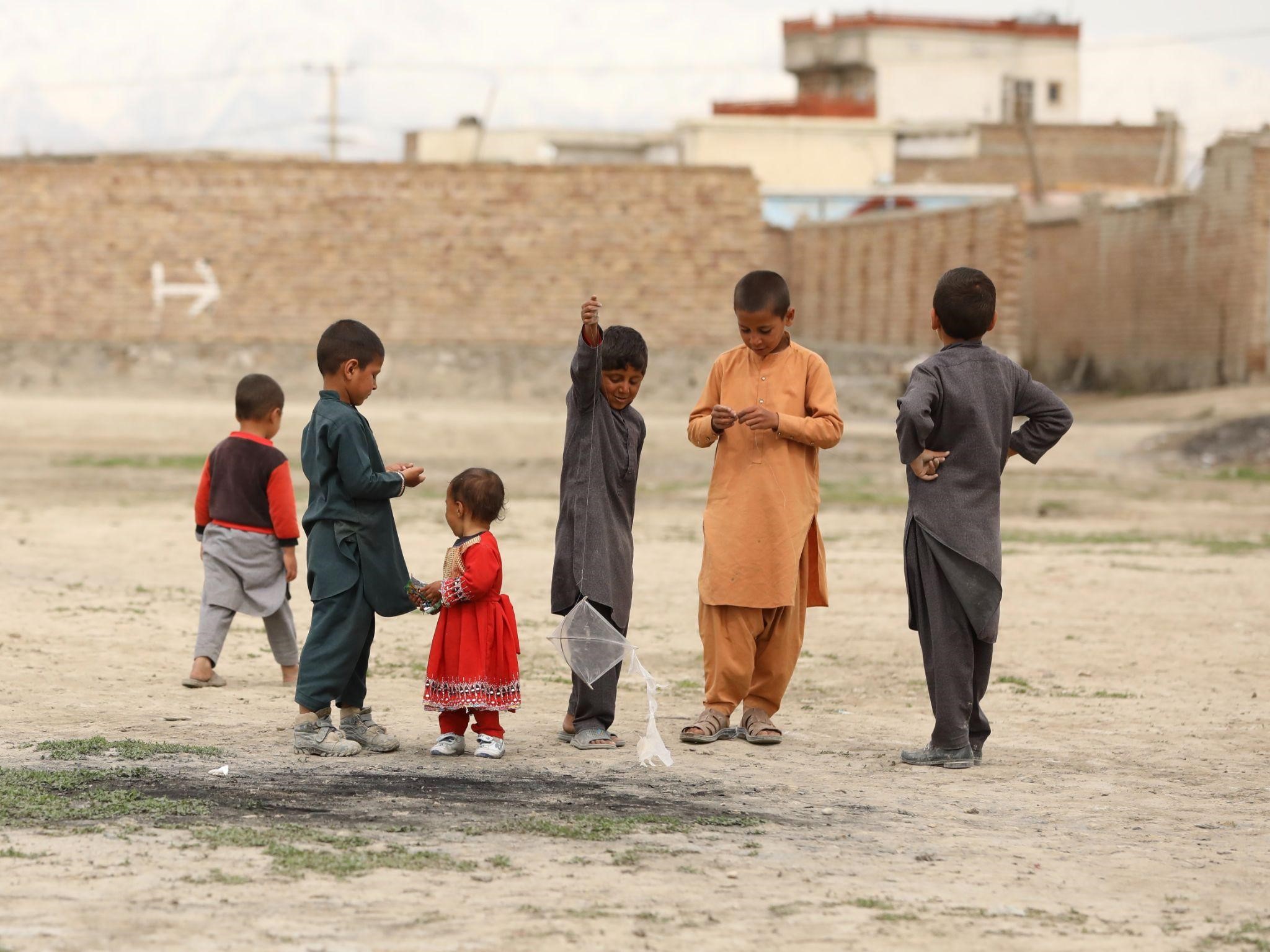
Afghanistan: A Never Ending Humanitarian Disaster
Today the world stands witness to the increasing threat caused by every war and political conflict.
These types of armed conflicts often lead to a serious humanitarian disaster that is hard to tackle and properly resolve. And during such difficult situations, being able to provide the necessary support to the civilians is becoming increasingly more back-breaking.
One of the most notorious and deeply rooted wars is taking place in Afghanistan, making it a worldwide concern.
The Afghan armed conflict has been circulating the news and social media regarding the unknown fate that the people there will have under the Taliban rule. Many have been expressing their distress over human rights, women’s future, and the well being of the entire population.
In order to grasp the current situation we need to understand the history of the Afghanistan war, and then figure out a way to contribute to helping the vulnerable who live there.
History of the Afghanistan War
The three-phase international battle in Afghanistan began in 2001 in response to the September 11 attacks. It started by a two-month conflict consisting of overthrowing the Taliban (the extremist political and religious party that governed Afghanistan).
Then the period between 2002 to 2008 was defined by a US policy of militarily destroying the Taliban while reconstructing the basic institutions of the Afghan state. Lastly there was a return to traditional counterinsurgency doctrine in 2008 that was expedited by US President Barack Obama’s decision in 2009 to temporarily boost US troop presence in Afghanistan. The bigger force was deployed to carry out a policy of safeguarding the people from Taliban assaults and assisting rebels in their efforts to reintegrate into Afghan society.
The new strategy mostly failed to meet its objectives. Insurgent attacks and civilian fatalities remained persistently high, while many of the Afghan military and police forces taking up security responsibilities seemed unprepared to fight the Taliban.
The devastating statistics reveal that there have been nearly 111,000 civilian casualties since 2009.
The Current Situation in Afghanistan
President Joe Biden stated in April 2021 that US military forces will depart Afghanistan by September of the same year. Despite ongoing peace discussions with the Afghan government, the Taliban increased attacks on Afghan National Defense and Security Forces (ANDSF) camps and outposts and began to expand and swiftly gain additional land.
The United States military increased the pace of troop departure in May 2021. By the end of July 2021, the US had completed roughly 95 percent of its departure, leaving only 650 troops to guard the US embassy in Kabul.
The current situation in Afghanistan is threatening human rights, the safety of civilians, the healthcare system, and the socio-economic dynamics.
When the COVID-19 pandemic spread over Afghanistan, it overwhelmed the country’s already weakened health-care infrastructure. There were 52,011 cases and 2,237 fatalities reported.
Furthermore, the Afghan people have been migrating to the nearest countries in order to survive. However, countries such as Iran have been forcibly returning nearly 700,000 people between 1 January and 31 October 2020 worsening the already existing crisis through internal displacement.
Women have been also facing gender-based discrimination and violence especially in regions under Taliban rule. More than 100 murders were recorded in Afghanistan throughout 2020, according to the Afghanistan Independent Human Rights Commission (AIHRC).
NGOs Are still Helping
Non-Governmental Organizations are still trying to support the Afghan people even after the withdrawal of the US troops.
Organizations such as the United Nations (UN) have announced that they will keep providing aid to the civilians:
“The humanitarian community – both the UN and non-governmental organizations – remain committed to helping people in Afghanistan. While the situation is highly complex, humanitarian agencies are committed to supporting vulnerable people in Afghanistan who need us more than ever” _ Ramiz Alakbarov, United Nations Deputy-Special Representative of the Secretary General in Afghanistan
The humanitarian crisis is rapidly escalating in Afghanistan. However, with the invaluable help of the NGO community, the volunteering action, and the donations coming from all over the world, there is hope that the situation will gradually improve.
One of the humanitarian organizations willing to invest time and effort into helping the people in crisis is Compassion Exchange.
And we, at Compassion Exchange, have made it our life objective to fully contribute to this mission and provide the necessary effort to help solve humanitarian crises around the world through requesting donations and support.
In order to put an end to every crisis, compassion, kindness and persistence are strongly needed. Pain and suffering can only be alleviated through spreading empathy and the genuine will to make a difference.
